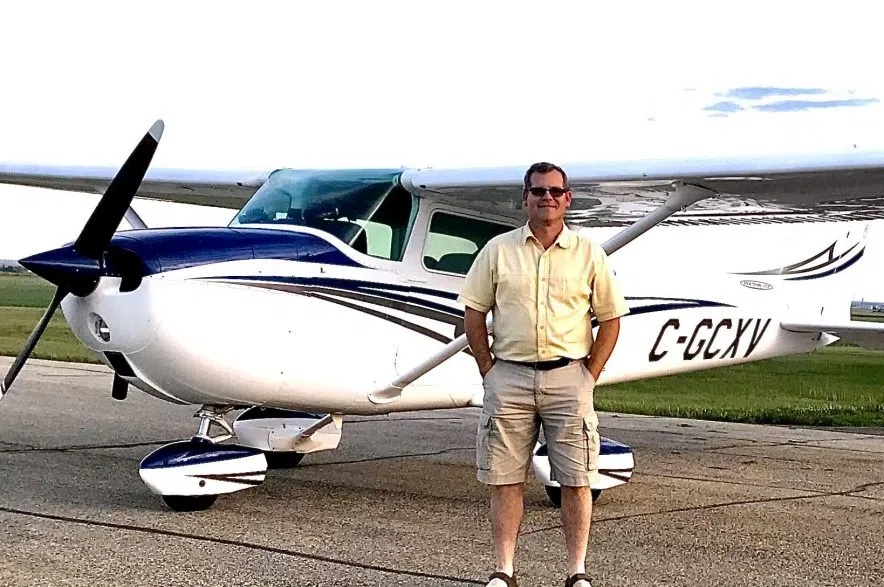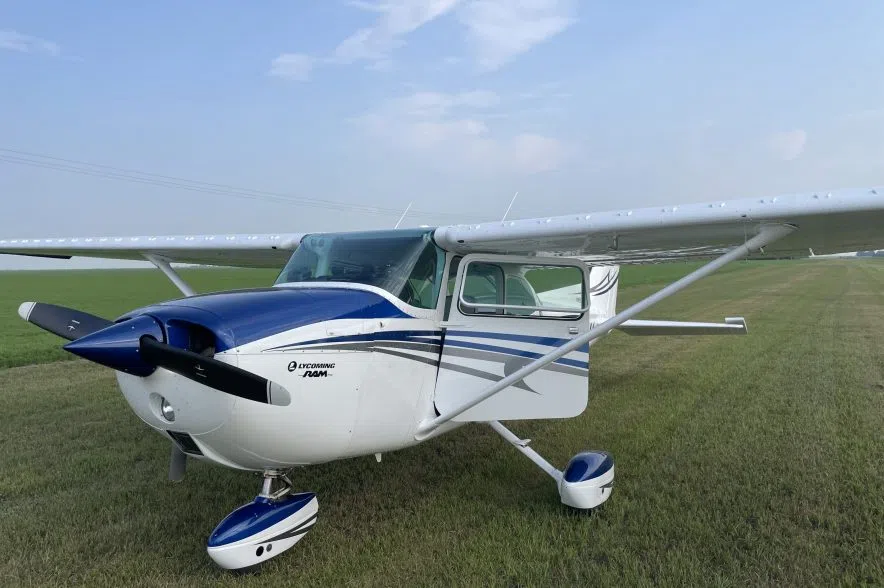In a period of just over nine days in July there were three plane crashes in Saskatchewan, leaving one person dead, and that concerns private pilot Roger Blager.
“In aviation, safety first is everyone’s mantra,” Blager said. “We’re always concerned. I think it’s something like a tenth of a per cent of the population has a pilot’s licence, so a lot of us know each other. We’re always concerned if anybody has a problem.”
But given how many hours spray plane pilots spend in the air, Blager said these crashes are rare.
“In the prairies, the number of hours that those guys are doing every year is astronomical. So I think that the accident ratio is probably quite low.”
Blager said there are a number of risks when it comes to flying crop duster planes.
“The weight of the airplane (is a concern),” he said.
“It’s like you’re hauling a small swimming pool. These things hold around 500 gallons, which is incredibly heavy. So when you’re doing your turns at the end of the field, you have to be really careful how you turn the aircraft so you don’t stall it.
“When we talk about stalls in aviation we’re not talking about the engine turning off. We’re talking about the wing having so much attitude, or so much angle of attack that it loses the aerodynamic flow of air over the wing. The air is spoiled and the wing stalls and basically stops flying which usually results in a spin off to one side.”
READ MORE:
- TSB investigating plane crash leaving one dead near Birsay
- Regina police plane temporarily out of commission
Flying at a low altitude can also cause problems.
“The higher you are, usually the better,” Blager said. “Altitude is our friend. It gives us more time to make decisions, it gets us up away from the obstacles, so its definitely more dangerous … although those guys are very much trained for that and are experts in what they do.”
A friend of mine sent me this video of a crop duster plane. There have been three crashes involving spray planes in just over a week here in Saskatchewan. I spoke to a private plane pilot who says heat and humidity could have played a role in the accidents. pic.twitter.com/axTI9EMEC7
— Nicole Garn (@garnnic) July 26, 2024
With the hot and humid weather blanketing the province during that nine-day period, Blager said this could also cause issues.
“Heat and humidity make the air thinner, so the lift isn’t as good,” he said. “As the air gets hotter and more humid it gets thinner and it doesn’t create as much lift as it does when it’s -20 C in the winter time when the air is thick and there’s a lot of lift.”
Blager said training to become a pilot is rigorous.
“You have to go through both ground school and flight school,” he said. “The ground school is many hours of meteorology, navigation, aerodynamics, all of the things that make an airplane fly.
“You have to learn how to fly the airplane in what we call unusual attitudes. So you have to learn to recover from stalls, spins, nose down dives or spiral dives and you have to learn to recover without looking out the window.”
Blager said it’s important not to criticize another pilot.
“It’s easy for any of us to sit down and criticize a pilot that got into a crash but it’s also very disrespectful because you weren’t the guy at the controls,” he said.
“Unfortunately, in the world we live in whether you’re driving a car or walking down the street accidents can happen. These guys (spray plane pilots) have got a ton of responsibility, a ton of horsepower, a ton of weight in the airplane and it’s just really unfortunate that it had to happen this way.”
The causes of the crashes are still being investigated.
READ MORE:
- TSB investigating plane crash leaving one dead near Birsay
- Regina police plane temporarily out of commission












